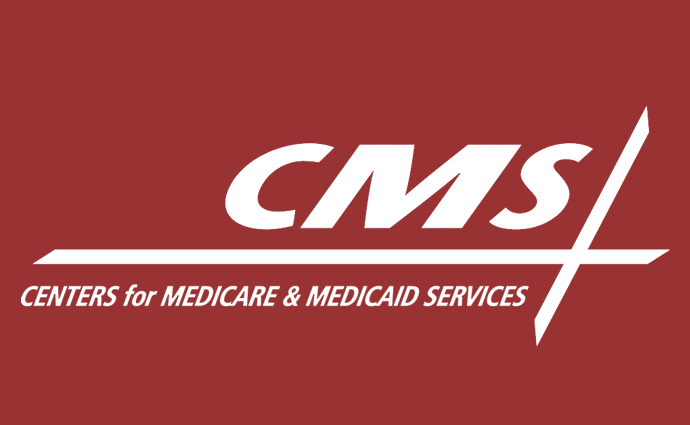CMS: We Must Do More Than New Healthcare Price Transparency Rule
CMS Administrator Verma urged hospitals to go beyond complying with a new healthcare price transparency rule to deliver more meaningful cost information to patients.

Source: Xtelligent Healthcare Media
- Hospitals may have to publish a list of their standard charges online, but that doesn’t have to be their only step to increase healthcare price transparency, CMS Administrator Seema Verma recently stressed.
“While many hospital CEOs have released statements of support, some of voiced concerns that making chargemaster information available to the public could be confusing for consumers. So, let me be clear, hospitals don’t have to wait for us to go further in helping their patients understand what care will cost,” the head of CMS said in a media call Jan. 10, 2019.
At the start of the year, CMS launched the new requirement mandating all hospitals to post their chargemaster prices for services online in a machine-readable format.
CMS intends for the requirement to empower patients to select high-value care. “If patients don’t know the cost of care and can’t compare costs across different providers, they cannot seek out the highest quality services at the lowest cost as they do in any other industry,” Verma stated.
However, some hospital leaders have expressed concerns that posting chargemaster prices would confuse patients.
READ MORE: 4 Strategies for Providers to Improve Hospital Price Transparency
“Information on charges or on average charges is of limited value to consumers, as it will likely be significantly different from the amount they will be expected to pay,” the Healthcare Finance Management Association (HFMA) stated in May 2018. “Chargemaster prices serve only as a starting point; adjustments to these prices are routinely made for contractual discounts that are negotiated with or set by third-party payers. Few patients actually pay the chargemaster price.”
A recent poll about the new requirement also showed 92 percent of providers are concerned about posting their chargemaster prices. Providers were primarily worried how the public would perceive their standard charges.
CMS Administrator Verma acknowledged the shortcomings of the requirement, saying the rule doesn’t give patients all the information they need to effectively shop for high-value care. For example, the rule does not require hospitals to post discounts insurance companies may have negotiated with hospitals.
But the requirement is an important first step to true healthcare price transparency and hospitals should do more to make the information meaningful to their patients.
“We are heartened by the acknowledgement that this is an important first step and I’m excited to see the additional work that hospitals will do to make this information even useful and actionable for patients,” Verma stated.
READ MORE: WA Makes Healthcare Price Transparency Consumer-Friendly
She advised hospital leaders to look to other provider organizations that have already started to build on their chargemaster data to deliver personalized cost estimates to patients.
She pointed to the University of Utah, which operates an out-of-pocket cost estimate tool that combines chargemaster prices with an individual’s health insurance plan information. UCHealth in Colorado offers individualized cost estimates to their patients through their patient portal and a mobile application. The health system also established a dedicated call center to increase price transparency for their patients.
Providers have historically faced difficulties estimating costs for their patients.
Several factors go into determining the cost of healthcare services, the American Hospital Association explains. Wages and labor costs, pharmacy costs, supply expenses, utilities, and other factors contribute to a patient’s total cost of care. Furthermore, the level and amount of care needed to treat a certain condition is not the same for every patient.
“The cost of hospital care, therefore, reflects more than just the direct care a patient receives,” the AHA says.
READ MORE: Price Transparency Crucial to Healthcare Consumerism Success
Additionally, the number of insurance companies that patients use to pay for care challenges provider efforts to deliver accurate cost estimates.
“Providing such information is simply not feasible for providers. Providers deal with an overwhelming number of insurance companies, and even more plans offered by those insurers, each with specific coverage requirements and out-of-pocket cost requirements for enrollees,” the Federation of American Hospitals says.
However, CMS believes the requirement will lead to more healthcare price transparency solutions for hospitals.
“By requiring this information to be in a machine-readable format, we set the stage for private third parties to develop tools and resources that are more meaningful and actionable than a list of codes and prices,” Verma stated. “The information hospitals are posting now isn’t patient-specific. But we still believe that it is an important first step. There’s no reason hospitals can’t do more.”
Verma vowed to continue working to increase price transparency and help hospitals and other providers deliver meaningful information to patients.
“While the work we have done to empower patients by increasing transparency is unprecedented, we are just getting started as we work to increase price and quality transparency throughout the entire healthcare system,” she said. “We have to do more. We have to not only increase price transparency, but also recognize the solution is not as simple as just revealing prices. We also need to make sure patients have the right information at the right time to make a decision.”
“We look forward to more facilities exceeding our requirements as consumers demand greater price transparency,” she concluded.
